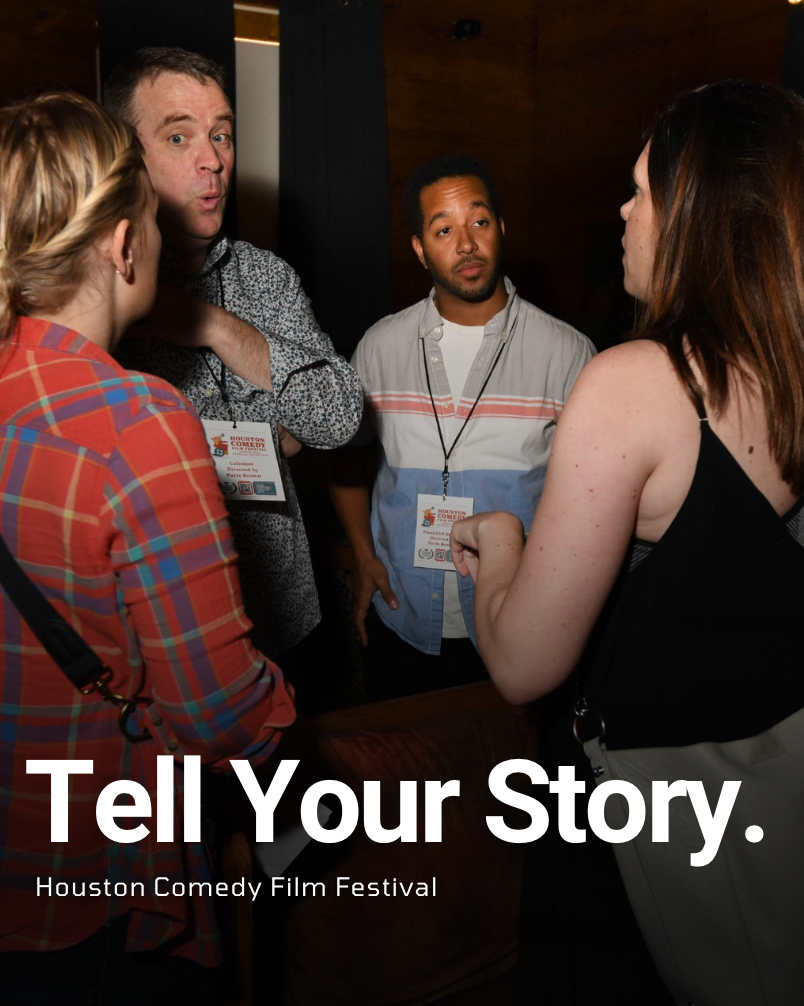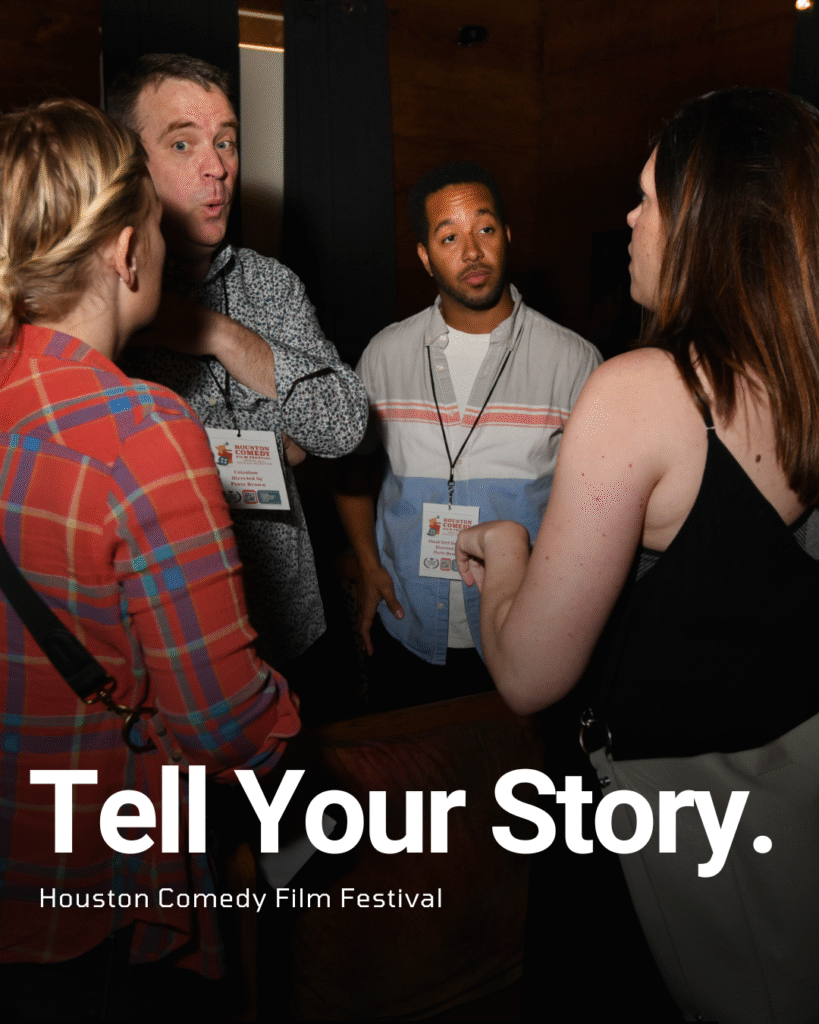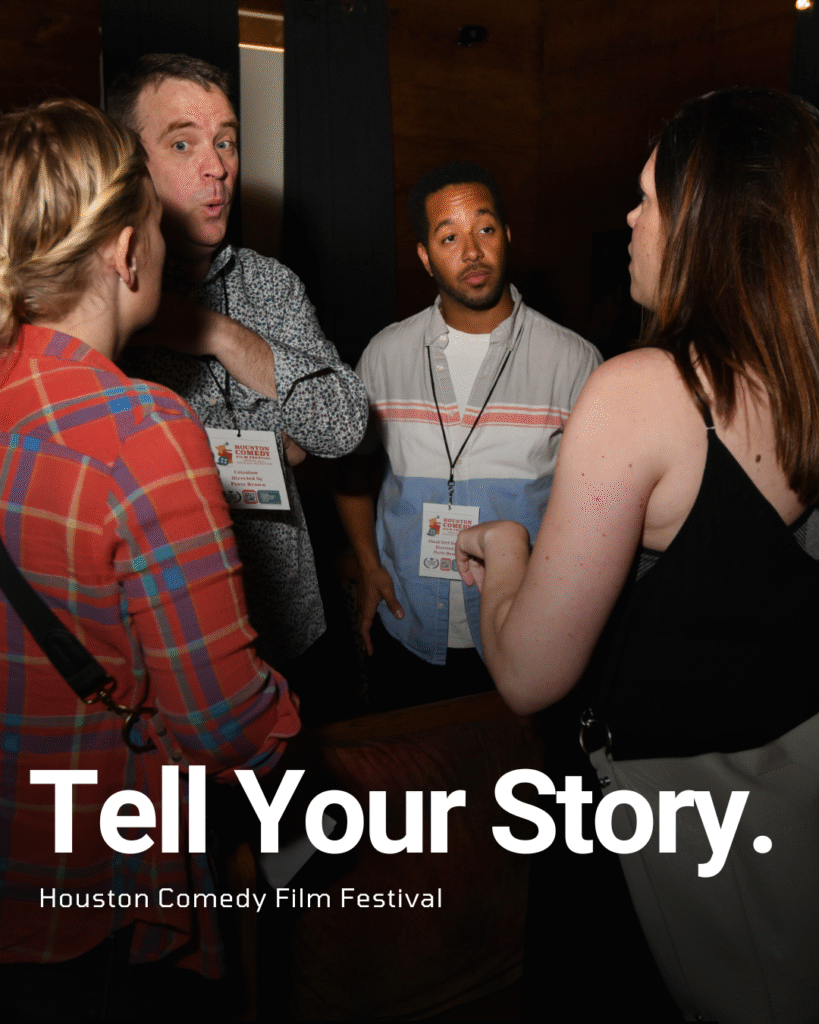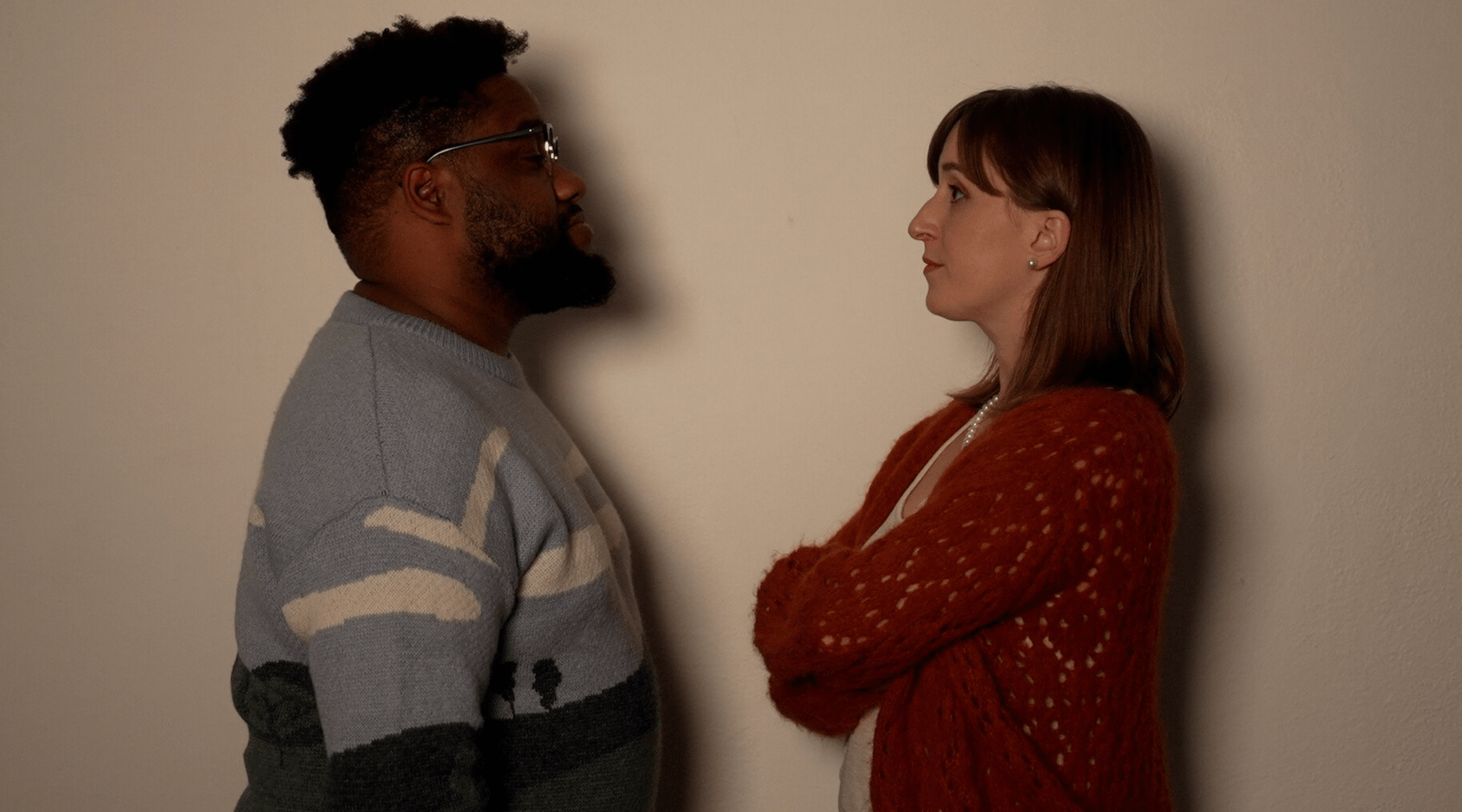Entertainment
BiP’s Jade Roper Details Son’s Possible ‘Heart Condition’ Before Miscarriage on November 2, 2023 at 3:05 am Us Weekly
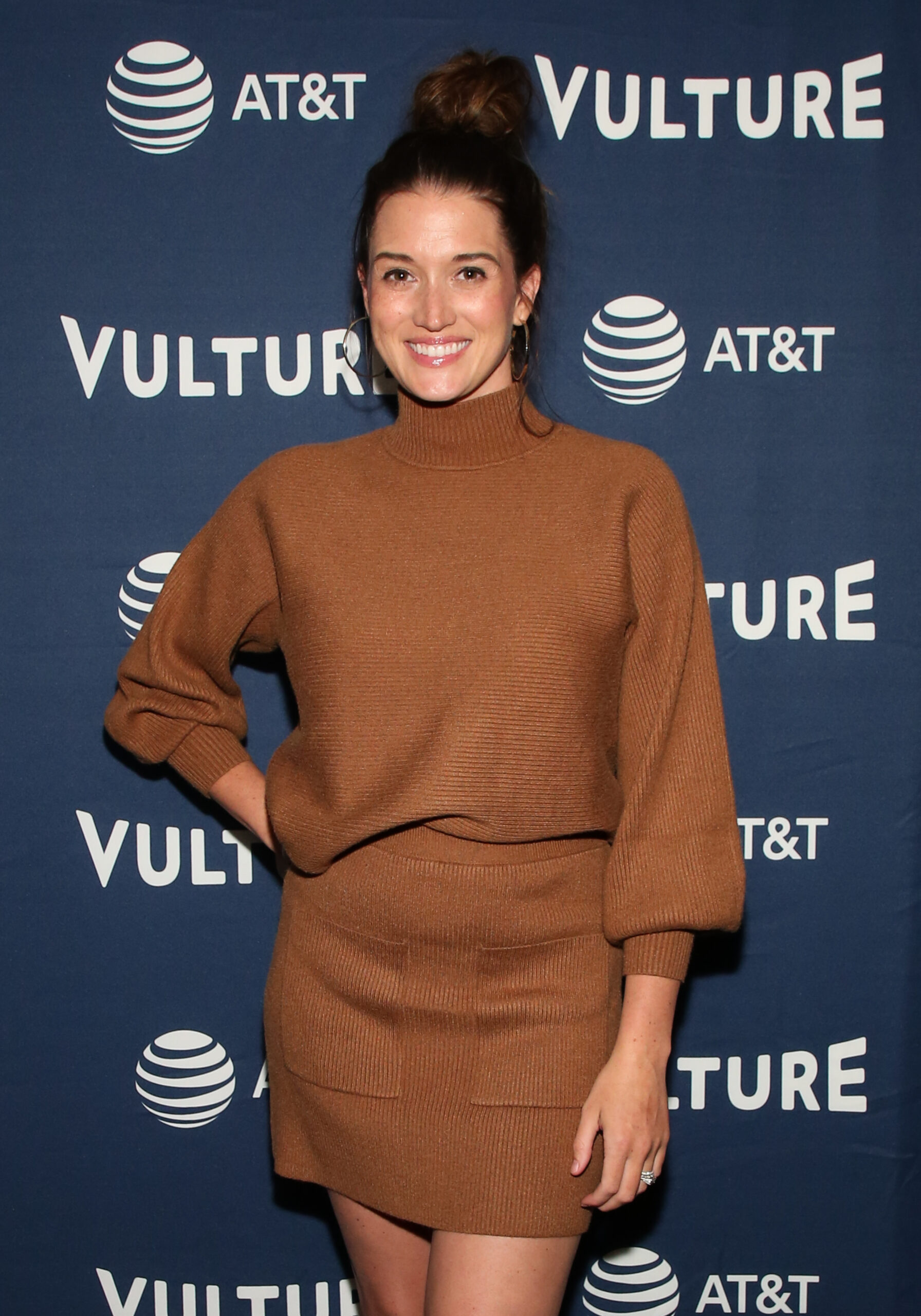
Paul Archuleta/Getty Images
Bachelor in Paradise’s Jade Roper is opening up about what may have led to her miscarriage earlier this year.
“Our sweet Beau was diagnosed with Down syndrome, so we think his tiny heart wasn’t strong enough,” Roper, 36, wrote via an Instagram Story Q&A on Wednesday, November 1, after a fan asked what had potentailly “caused” her recent pregnancy loss. “A lot of DS diagnoses are accompanied with congenital heart conditions.”
Roper — who shares three children with husband Tanner Tolbert — announced in August that she had miscarried her fourth child, a son named Beau. (The couple, who tied the knot in 2016 after meeting on BiP season 2, welcomed daughter Emerson in 2017, son Brooks in 2019 and son Reed in 2020.)
“I’ve been struggling [with] what to write here as I’ve been navigating a miscarriage,” Roper wrote via Instagram at the time. “It felt like all my dreams were coming true to welcome another baby into our lives, to love and to complete our family. While our hearts [are] completely broken and we have been dealing with the deep and complex grief of the loss, we have been blessed to be touched by his soul for his short amount of time. I am forever changed.”
She explained to her followers at the time that she was experiencing a “missed miscarriage,” which meant that while “his heart has stopped and he has stopped growing (for some time now) my body hasn’t released the pregnancy yet.” She noted that she was “hoping to do this naturally” and avoid any medical intervention.
However, after sharing news of the pregnancy loss, Roper was briefly hospitalized due to a possible infection. The lab results came back normal, but she eventually went into surgery weeks later.
“Well, here we are. I didn’t want or expect it to go this way, but it is,” she wrote via Instagram after the surgery. “I so badly wanted to bury him under a beautiful tree in our yard, to see any glimpse of his tiny body, which is why I held out so long trying to trust my body. But, it is time to heal and get to the other side of this loss.”
Courtesy of Jade Roper/Instagram
The following month, Roper described her experience during an Instagram Story Q&A after a social media user asked how she recognized that she was miscarrying. She shared that she didn’t have “any symptoms” besides that she “stopped feeling pregnant in certain ways” and had an “inner knowing” where she “felt he was gone.”
Roper has been open about her fertility struggles over the years. The “Mommies Tell All” podcast host — who got engaged to Tolbert during the season 2 finale of BiP, which premiered in August 2015 — got pregnant while on the ABC dating series but didn’t find out until she was back visiting her then-fiancé in Kansas City.
“I just knew that I was late and something felt different,” Roper shared in a February 2019 YouTube video, noting that the duo confirmed the news with a pregnancy test and made plans to move in together before losing the baby. “At the time, I didn’t really grieve because I just didn’t know really how to process it. It was so much so fast. In a really bad way, it was almost like this relief. It wasn’t really until after I had Emerson that I realized how much I love my child and how amazing of a miracle it is, and I think I really grieved that child much later.”
The pair tied the knot in January 2016 in Dana Point, California and welcomed daughter Emerson in 2017. In July 2020, Roper revealed she had suffered another loss due to a “chemical pregnancy” before welcoming son Brooks in 2019.
“I don’t talk about [either miscarriage] publicly very much, probably because I still always cry even though a lot of time has passed, and it always catches me off guard that there’s still so much more under the surface,” she wrote via her Instagram Story at the time.
Paul Archuleta/Getty Images Bachelor in Paradise’s Jade Roper is opening up about what may have led to her miscarriage earlier this year. “Our sweet Beau was diagnosed with Down syndrome, so we think his tiny heart wasn’t strong enough,” Roper, 36, wrote via an Instagram Story Q&A on Wednesday, November 1, after a fan asked
Us Weekly Read More
Entertainment
Kim and Kanye’s Daughter North West Faces Criticism Over Her Tattoos
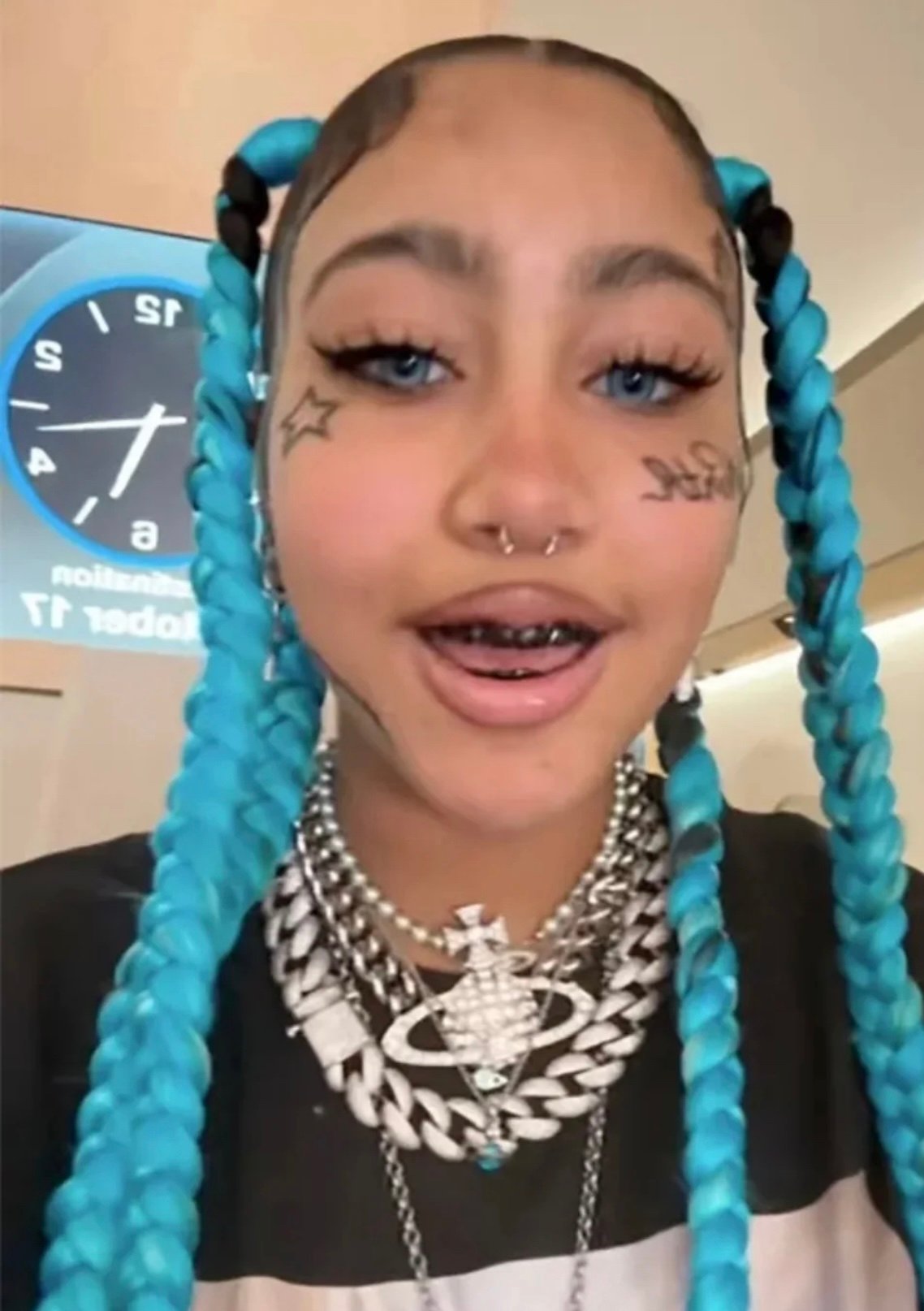
North West, the 12-year-old daughter of Kim Kardashian and Kanye West, is under the spotlight once again — this time for showing off a collection of tattoos that set social media on fire. In recent photos and videos circulating online, North was seen with several arm designs, including tributes to her parents and fashion-inspired symbols. While fans were quick to admire her bold style, not everyone was impressed.
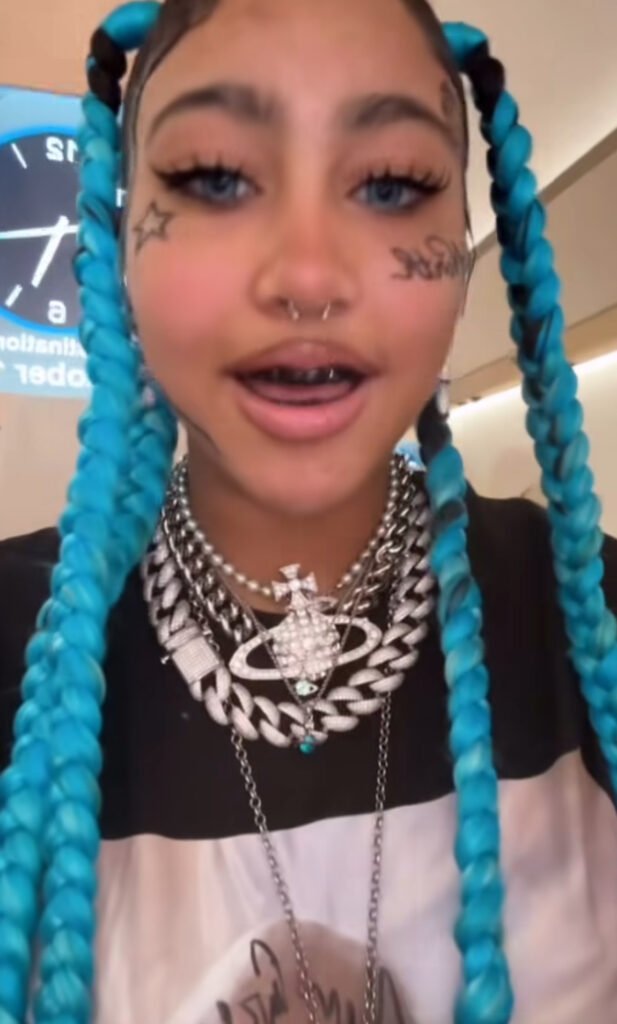
Critics argue that the tattoos — even though they appear to be temporary — are another example of celebrity children being pushed into adult trends too early. Comments flooded social media platforms, with some users saying Kim allows North too much freedom, while others defended the reality star’s parenting approach, praising her for letting her daughter explore creativity and self-expression.
“Kids should be kids,” one commenter wrote, reflecting a broader sentiment among parents online. Meanwhile, supporters pointed out that North comes from one of the most fashion-forward families in the world and that experimenting with style is part of her upbringing.
Kim Kardashian has not directly addressed the controversy, but she has often spoken about encouraging her children to express themselves authentically. North, already known for her viral TikTok appearances and fashion collaborations, seems unfazed by the criticism.
At just 12, North West continues to blur the lines between youth culture and celebrity identity — reminding the public that in the Kardashian–West household, individuality isn’t just allowed, it’s celebrated.
Entertainment
Jennifer Lopez’s Ex Fires Back: “You Are the Problem”

Ojani Noa Accuses J.Lo of Cheating After “Never Been Loved” Comments
Jennifer Lopez is once again at the center of a media storm — but this time, it’s her first husband, Ojani Noa, turning up the heat. Following Lopez’s recent Howard Stern Show interview, in which she claimed she has “never been truly loved” by any of her exes, Noa has publicly accused the superstar of cheating and playing the victim.
In the viral Instagram post that has now spread across major outlets like TMZ and New York Post, Noa didn’t hold back.
“Stop putting us down. Stop putting me down with your victim card,” he wrote. “The problem is not us. Not me. The problem is you. You’re the one who couldn’t keep it in your pants.”
“You Chose Fame and Lies Over Love”
Noa and Lopez were married briefly from 1997 to 1998, before her rise to Hollywood superstardom. In his explosive statement, he accused her of being unfaithful during their marriage, claiming she prioritized fame over their relationship.
“You have been loved a few times. You’ve been married four times. And have had countless relationships in between,” Noa continued. “You decided to lie, to cheat on me. You begged me to keep the marriage intact to avoid bad press.”
Noa described himself as “faithful, honest, and loving,” saying he uprooted his life and career to support Lopez at the beginning of her entertainment journey. “I left my family, my friends, everything behind for you,” he wrote, “but once fame came calling, you left me behind.”
Lopez Silent Amid Growing Backlash
As of now, Jennifer Lopez has not publicly responded to Noa’s allegations. During her Howard Stern interview, the singer and actress claimed her former partners “weren’t capable” of loving her, saying, “It’s not that I’m not lovable… it’s that they’re not capable.”
Her remarks were widely interpreted as referencing all of her ex-husbands — including Marc Anthony, Cris Judd, and Ben Affleck — but it was Noa who reacted first and most forcefully. His comments have ignited widespread debate online, with many questioning whether Lopez’s honesty came at the expense of others’ reputations.
Public Response and Media Fallout
The online reaction has been intense, with social media users split between defending Lopez’s right to share her truth and blasting her for allegedly rewriting history. Meanwhile, entertainment analysts note that the controversy adds to an increasingly turbulent year for the singer, following canceled tours, underperforming films, and ongoing scrutiny over her marriage to Affleck.
This latest backlash has also reignited conversations about Lopez’s highly publicized romantic history. As tabloids and fans speculate whether more exes might respond, the situation underscores an old truth in celebrity culture — that every candid confession comes with consequences.
For now, Jennifer Lopez remains silent. But in the court of public opinion, the debate about who’s really at fault in her love story is only just beginning.
Entertainment
Selling Your Soul in Hollywood: The Hidden Cost of Fame

By all appearances, Hollywood is a dream factory — a place where charisma, talent, and luck collide to create stars. But behind the camera lights and red carpets lies a conversation few inside the industry speak openly about: the spiritual and moral price of ambition.
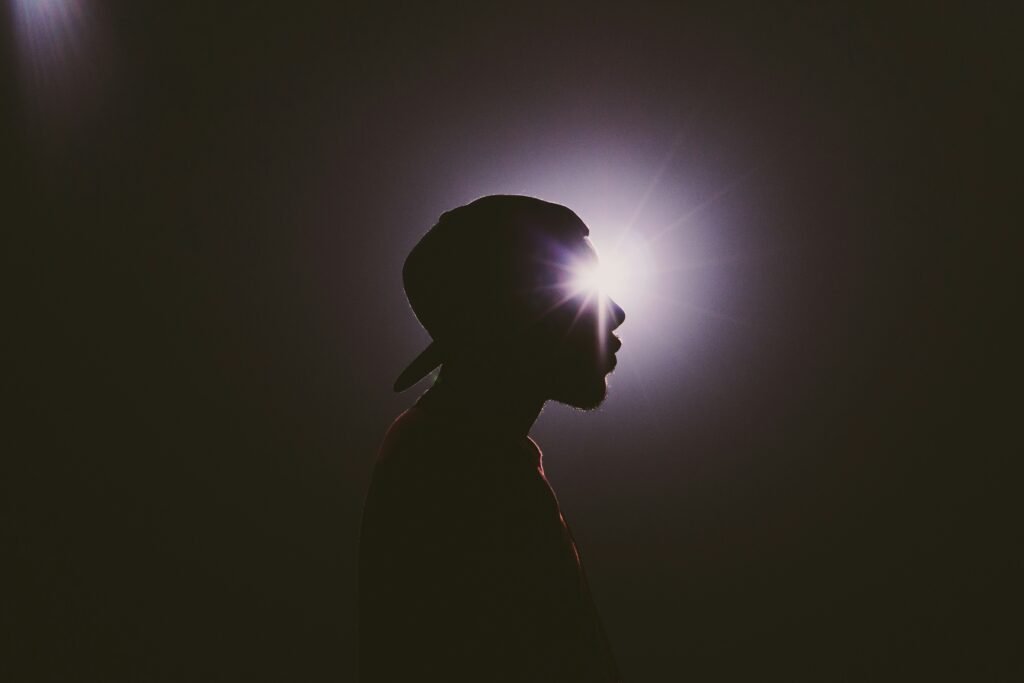
For actor Omar Gooding, the idea of “selling your soul” in Hollywood isn’t a metaphor — it’s a moral process that begins with tiny compromises. In an October 2025 interview, Gooding explained that no one in Hollywood makes a literal deal with the devil. Instead, it’s the quiet yeses, the moments when comfort overrides conviction, that mark the beginning of the trade. “They don’t say, ‘Take this or you’ll never make it,’” he said. “They just put it in front of you. You choose.”
Those choices, he argues, create a pattern. Once you show that you’ll accept something you once resisted, the industry notices. “Hollywood knows who it can get away with what,” Gooding said. “One thing always leads to another.” The phrase “selling your soul,” in this context, means losing your say — doing what you’re told rather than what you believe in.
That moral tension has long shadowed the arts. Comedians like Dave Chappelle, who famously walked away from millions to preserve his creative integrity, often serve as examples of where conviction and career collide. In resurfaced interviews, Chappelle hinted that he felt manipulated and silenced by powerful figures who sought control of his narrative, warning that “they’re trying to convince me I’m insane.”
This isn’t just about conspiracy — it’s about agency. Hollywood runs on perception. Performers are rewarded for being agreeable, moldable, entertaining. Those who question the machine or refuse the script risk exile, while those who conform are elevated — sometimes beyond what they can handle.
“We see the ‘collections’ all the time,” Gooding explained. “When the bill comes due, you can tell. They made that deal long ago.”
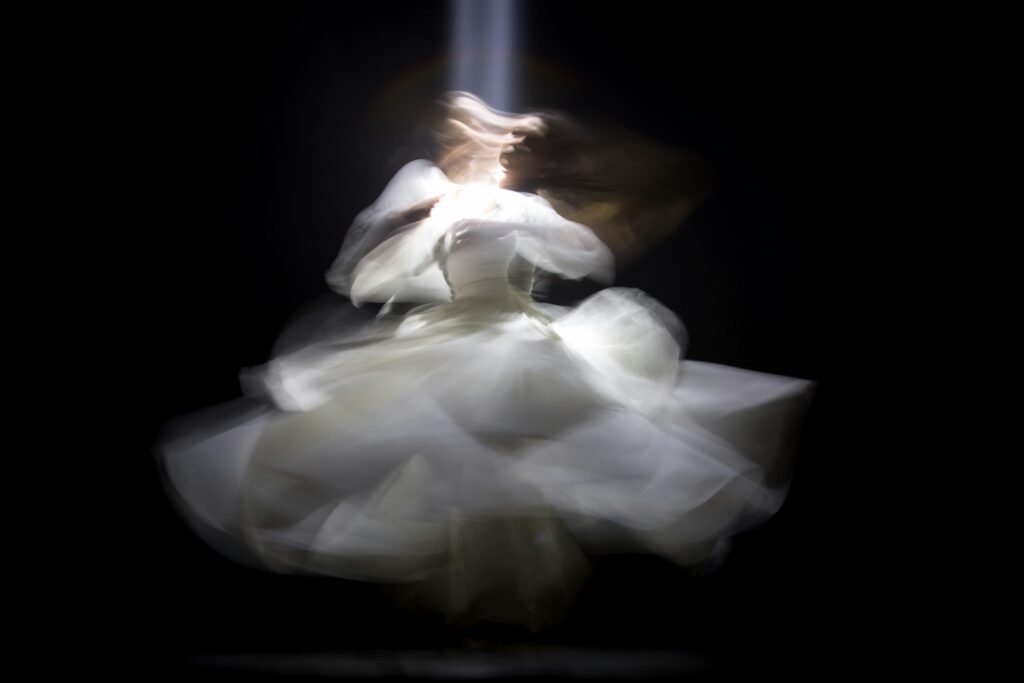
But the story doesn’t end in darkness. Gooding also emphasizes that in today’s entertainment landscape, artists have more control than ever. With streaming, social media, and creator‑driven platforms, performers don’t have to “play the game” to be seen. Independent creators can build their own stages, speak their own truths, and reach millions without trading authenticity for access.
Still, the temptation remains — recognition, validation, quick success. And every generation of artists must answer the same question: What are you willing to do for fame?
As Gooding put it, “You just make the best choices you can. Because once it’s gone — your name, your peace, your soul — there’s no buying it back.”

 Entertainment4 weeks ago
Entertainment4 weeks agoExecutive Producer Debut: How Celia Carver Created Festival Hit ‘Afterparty’

 Business3 weeks ago
Business3 weeks agoWhy Are Influencers Getting $7K to Post About Israel?

 Health4 weeks ago
Health4 weeks agoWhy Did Gen Z QUIT Drinking Alcohol?

 Advice4 weeks ago
Advice4 weeks agoHow AI Is Forcing Everyone Into the Entrepreneur Game

 Entertainment3 weeks ago
Entertainment3 weeks agoKeith Urban and Nicole Kidman Split After 20 Years as Actress Files for Divorce

 Entertainment3 weeks ago
Entertainment3 weeks agoTilly Norwood’s Rise Stirs Controversy

 News3 weeks ago
News3 weeks agoHow a Government Shutdown Could Hit Your Life and Wallet

 Business3 weeks ago
Business3 weeks agoOverqualified? Great, Now Prove You’ll Work for Free and Love It!



